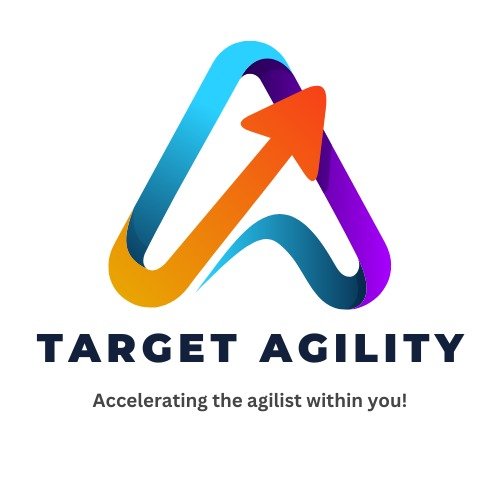A Simple Guide to RTE Engineering: What It Is and Why It Matters

In today’s fast-changing tech world, RTE Engineering plays a key role in making sure that complex systems work smoothly and efficiently. Whether in telecommunications, software, or robotics, RTE Engineering is essential for providing reliable, high-quality, and scalable solutions. But what exactly is RTE Engineering, and why is it so important? In this blog, we’ll explain what RTE Engineering is, how it works, and why it’s vital in various industries. What is RTE Engineering? RTE stands for Real-Time Engineering, which focuses on designing systems that can process and respond to data instantly, without delay. In simple terms, RTE Engineering ensures that systems can complete tasks right when they are needed, which is crucial for applications where timing matters. Real-time systems are used in many areas where delays could cause serious problems. Examples include systems used in medical devices, cars, telecommunications, aviation, and robotics. In these areas, real-time processing is needed because a delay could lead to critical issues or failure. Key Parts of RTE Engineering Several important components make RTE Engineering work: Where is RTE Engineering Used? RTE Engineering is applied in many different industries that need fast, real-time responses. Some common areas where RTE Engineering is used include: Want to learn RTE Engineering? Join our course now on our website! Why RTE Engineering Matters RTE Engineering is important because it makes sure that critical systems work without delays, which is essential for safety and performance. In many industries, delays or failures in real-time responses could lead to serious consequences. For example, in medical systems, a delay could lead to incorrect diagnoses or harm to patients. In self-driving cars, a delay could cause accidents. As more industries rely on interconnected systems, the importance of real-time processing will only grow. With the rise of Internet of Things (IoT) and smart technologies, RTE Engineering will continue to be essential for making sure that these systems work as expected, without lag or failure. Conclusion RTE Engineering plays a vital role in industries where timing is critical. From telecommunications to healthcare, RTE Engineering ensures that systems respond instantly to changes, helping to prevent failures and improve performance. As technology advances, the need for real-time systems will continue to increase, making RTE Engineering a key part of modern technology. Understanding how RTE Engineering works helps us appreciate the complexity behind the systems we rely on every day.
What Is a Release Train Engineer: Roles, Responsibilities, & Skills

A Release Train Engineer (RTE) plays a key role in Agile frameworks, particularly in the Scaled Agile Framework (SAFe). The RTE is like the head Scrum Master, overseeing a group of teams called the Agile Release Train (ART), which work together to deliver value consistently. The RTE’s job is to ensure that everything runs smoothly, teams stay aligned, and they meet the organization’s goals. In this blog, we’ll break down the RTE’s roles, responsibilities, and the skills they need. What Does a Release Train Engineer Do? The main job of an RTE is to make sure the Agile Release Train (ART) runs effectively. This involves helping teams stay in sync, solving issues, managing risks, and promoting collaboration. Here are some important tasks RTEs handle: Responsibilities of a Release Train Engineer An RTE’s responsibilities cover both the day-to-day operations of the Agile Release Train and the overall success of the program. Key responsibilities include: Skills Needed for a Release Train Engineer An effective Release Train Engineer needs a combination of technical knowledge, leadership, and communication skills. Some of the essential skills include: Conclusion The Release Train Engineer is essential to the success of the Agile Release Train in a SAFe setup. They ensure teams are aligned, risks are managed, and value is consistently delivered. Understanding the RTE’s roles, responsibilities, and necessary skills helps organizations run more efficient Agile processes and continuously improve their work. “Ready to kickstart your RTE journey? Click here to begin your adventure!”

